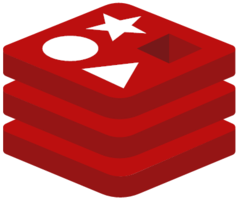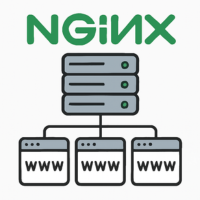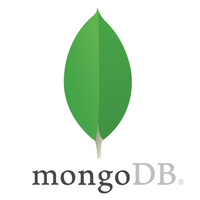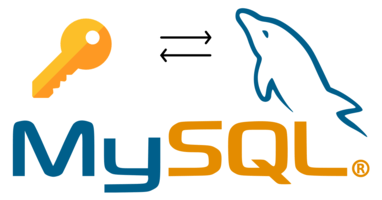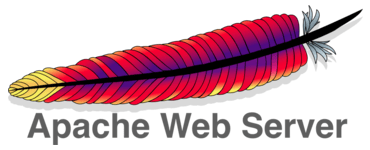How to install MySQL 8.0 server on Ubuntu
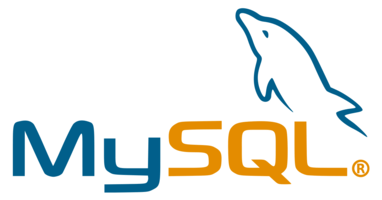
MySQL is an open-source relational database management system (RDBMS). Its name is a combination of My and SQL the abbreviation for Structured Query Language. A relational database organizes data into one or more data tables in which data types may be related to each other; these relations help structure the data. SQL is a language programmers use to create, modify and extract data from the relational database, as well as control user access to the database.
